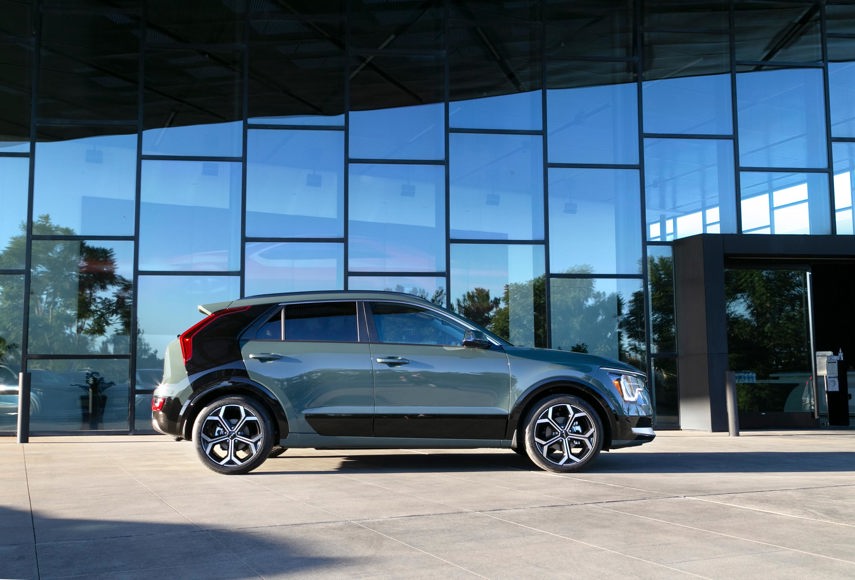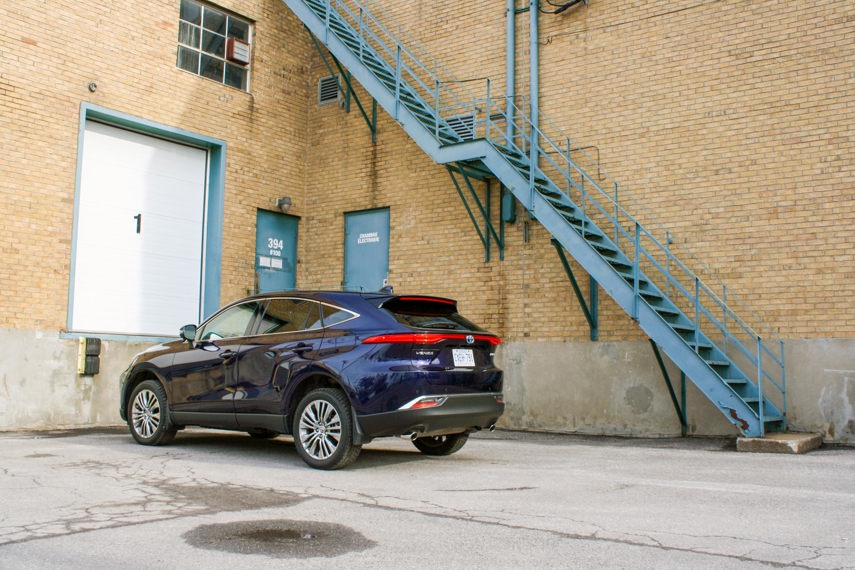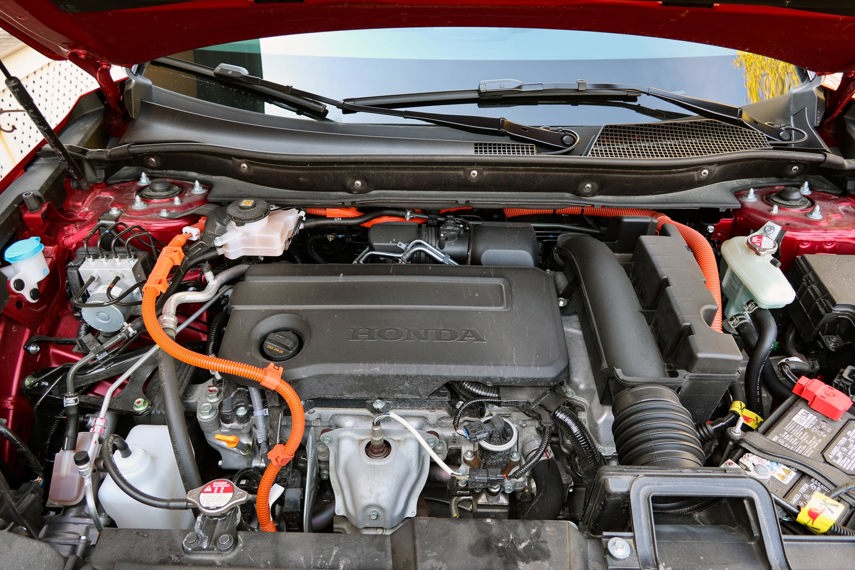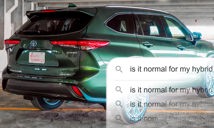Hybrid vehicles are gaining popularity as Canadian drivers react to higher gas prices and growing environmental concerns. Although hybrid cars have been around for decades, today, there are more options than ever in various body styles. Here, we answer some of your most common questions about hybrid vehicles, what’s normal, and what to expect if you’re new to hybrids.
Q: Is it normal for my hybrid car to idle?
A: Yes. A hybrid’s gas engine will typically turn off to save fuel when you stop the car at a light or park it without turning it off. Hybrid car engines can idle (run at low RPMs while you’re not moving) just like regular engines do, but they typically need to idle far less often. In a hybrid car, the engine may suddenly begin idling for various reasons. These include charging the battery and heating the cabin and vital fluids that help the car function. In cold weather, a hybrid will typically idle more often than in warm weather since the idling gas engine is the main source of cabin heat.
Certain driving situations that deplete the battery faster than it can be recharged by regenerative braking may result in more frequent or longer periods of idling, too. Your hybrid car automatically idles its engine whenever needed and will turn it off as much as possible to maximize efficiency.
When a hybrid is idling to generate electricity, the engine may be under more load than a traditional engine, causing it to idle faster or louder than you might be used to.
This is all normal and no cause for alarm. If your hybrid is idling, it’s probably because the system needs it to generate some heat or electricity.
If your hybrid seems to idle constantly or much more often than normal, have it seen by a technician. Sometimes, an increase in hybrid engine idling behaviour indicates a problem with the charging system or battery.

Q: Is it normal for my hybrid car to surge / jerk / lurch?
A: Generally not – but the answer to this question comes down to the severity of the disturbance.
Depending on the age and condition of your hybrid vehicle, you might observe minor lurches or squirms from the driveline as the electric and gasoline power are split and blended before being delivered to the wheels. New hybrid drivers often notice this sensation and question its normality. If you experience a slight leap or lurch through the driveline when the gas engine kicks on, this is no cause for alarm.
Hybrid engines and drivelines inherently have more potential sources of these disturbances, however, most modern hybrids are designed to make these sensations nearly invisible to the driver.
While an occasional squirm or subtle lurch can be considered normal, a sudden increase in the frequency or intensity of these sensations can often indicate a problem. This is particularly true if you hear any slamming or metallic clashing. In such cases, have a technician inspect your vehicle.
Owners of various hybrid cars and SUVs have reported more serious unwanted noise, sensations, and harshness from their drivelines. The most common solution typically involves a software update to the vehicle’s control systems, however, in more severe cases, hardware replacement may be necessary.
Q: Is it normal for my hybrid to make a noise in reverse?
A: My cousin bought a Toyota Venza, her first hybrid.
“What’s that weird noise it’s making in reverse?” she texted me about four hours later.
The sound hybrid drivers experience in reverse is an electrically generated tone designed to alert pedestrians of your presence. Hybrids typically don’t run their gasoline engines at low speeds when driving in reverse, meaning they usually back up in total silence using battery power. So, for added safety, hybrids (and other electrified vehicles) generate an alert tone while reversing and while driving forward at parking lot speeds.
At higher speeds, the air and tire noise are sufficient to give the vehicle away to the ears of anyone nearby.

Q: Is it normal for my hybrid to give me a low-power warning?
A: Rarely, but yes. A Low Power or Restricted Power warning is your hybrid’s natural response when conditions aren’t ideal for the proper operation of the hybrid system. Though rare, you may see a warning like this in certain driving conditions with extreme heat or at engine start-up in extreme cold. After a moment or two, the vehicle’s hybrid system should compensate for the temperature extremes, and the warning should disappear.
Note that continual or repeated warnings could also indicate engine or hybrid system trouble. The odd low-power warning can be considered normal if extremes of temperature are at play, but if the warning is continuous or begins to appear regularly, make a service appointment for a professional check-up.
Q: Is it normal for my hybrid car to suddenly sound loud?
A: There’s seldom a good reason for any vehicle to make a loud noise suddenly, but let’s dive in a little deeper.
Assuming the sudden loudness of your hybrid isn’t triggered by full-throttle operation or a fast-idling engine, a few possibilities are at play – and none of them are good news.
Hybrid cars have at least one electric motor, where a bearing helps the motor spin freely. Though few hybrid owners ever report electric motor problems, the few who do often experience a premature electric motor bearing failure, which can result in the sudden onset of a loud grinding or whirring sound.
Similar sensations, coupled with a vibration or buzz you can feel through the vehicle’s body, can be signs of trouble with one or more transmission components or the software and controllers used to work them.
Sudden loudness can also result from a bad wheel bearing, braking system problems, a damaged or flat tire, or a stolen catalytic converter (which hybrid cars have). If your vehicle suddenly makes a loud noise, have it checked ASAP.

Q: Is it normal for my hybrid battery to never be fully charged?
A: Yes. The battery in your hybrid car constantly switches between charging and discharging, often every few seconds or more. This process is automatic and invisible to the driver. In most hybrids, drivers can see a charge level meter or indicator to see the battery charge level in real-time.
Unlike your smartphone or laptop, the battery in a hybrid car doesn’t charge to full and then wait until it’s nearly empty before charging up to full again.
For this reason, drivers monitoring the charge state of their hybrid battery will typically notice the charge level rising and falling in a continuous cycle, with the battery rarely showing full or empty and hovering around the 50 per cent mark instead. This is not a cause for concern and will not affect your car’s efficiency.
Q: Is it normal for my hybrid’s exhaust to smoke when it’s cold?
A: In one specific situation, yes. When starting an engine in extreme cold, extra fuel may be burned momentarily to help the engine warm things up and, therefore, become as fuel efficient as possible. This burning of extra fuel can cause thicker, darker smoke to appear from the tailpipe and leave a distinctive smell in the air.
This is normal for many engines (including hybrid engines) at startup in extreme cold weather, though the smoke and smell should dissipate after a few moments of idling.
Conversely, a hybrid engine with smoky exhaust while driving or during startup at warm temperatures may have a serious problem. In many cases, problems like these can result from a failure to properly maintain the hybrid vehicle in question. Remember, hybrid engines need regular maintenance and oil changes just like regular engines, and both are vital to long and healthy hybrid engine operation.

